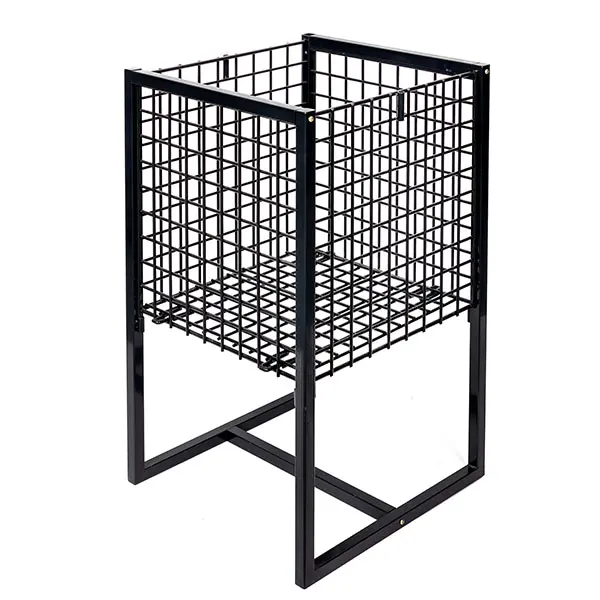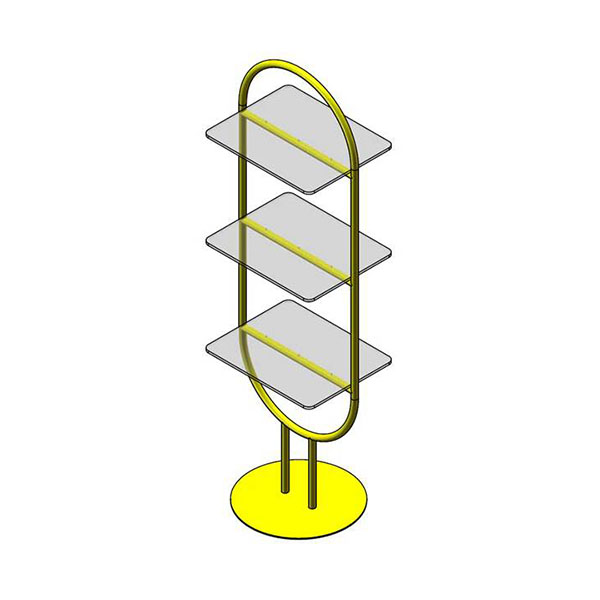How Effective Are Custom POP Displays in Retail?
POP display stands have long been a staple in retail stores, acting as a bridge between marketing strategies and consumer engagement. Custom POP displays, specifically tailored to fit unique brand identities and product offerings, are increasingly being utilized to capture customer attention and drive sales. This blog explores the effectiveness of custom POP displays in retail, backed by rigorous and realistic data to underscore their impact.

The Role of POP Displays in Retail
POP displays serve multiple functions in a retail setting. They are designed to attract attention, convey product information, and influence purchase decisions at the critical moment when a consumer is ready to buy. The customization of these displays allows retailers to align their marketing efforts closely with consumer preferences and behaviors, enhancing the overall shopping experience.
Impact on Consumer Behavior
One of the primary benefits of custom POP displays is their ability to significantly influence consumer behavior. According to a study conducted by the Point of Purchase Advertising International (POPAI), 76% of purchasing decisions are made in-store. This statistic underscores the importance of in-store marketing tools, such as POP displays, in swaying consumer choices. The study also highlighted that effective POP displays could boost sales by up to 20%, showcasing their potential to drive revenue.
Another piece of research from the Harvard Business Review found that customers are 30% more likely to purchase products that are prominently displayed. This increase in likelihood is attributed to the visibility and appeal created by custom displays, which not only draw attention but also provide essential information that can reduce the hesitation associated with buying decisions.
Enhancing Brand Visibility and Recognition
Custom POP displays are tailored to reflect the brand's identity, which helps in creating a consistent and recognizable brand image. This consistency is crucial for building brand loyalty and trust among consumers. A report by the Journal of Consumer Research indicated that consumers are 25% more likely to remember a brand that uses unique and eye-catching displays. This statistic illustrates the importance of visual merchandising in establishing and maintaining brand presence in a competitive retail landscape.
Furthermore, custom POP displays can be strategically placed to maximize exposure. High-traffic areas such as near the checkout counters or at the end of aisles are ideal locations. A study from the Retail Council of Canada reported that products placed in these areas experienced a 15% increase in sales, emphasizing the importance of strategic placement in the effectiveness of POP displays.
Cost-Effectiveness and ROI
Investing in custom POP displays can be a cost-effective marketing strategy. Although the initial investment might be higher compared to generic displays, the return on investment (ROI) often justifies the expenditure. According to a survey by Deloitte, retailers who invested in custom POP displays saw an average ROI of 23%, which is significantly higher than many traditional advertising methods. The ability to directly influence purchasing decisions at the point of sale makes these displays an efficient tool for driving sales.
Moreover, custom POP displays can be reused and repositioned, further enhancing their cost-effectiveness. This adaptability allows retailers to refresh their marketing strategies without incurring significant additional costs. A report by the International Journal of Retail & Distribution Management found that retailers who reused their POP displays for multiple campaigns saved an average of 12% on their overall marketing budget.
Challenges and Considerations
Despite their numerous advantages, custom POP displays also come with certain challenges. Designing and producing custom displays can be time-consuming and require a significant investment. Additionally, the effectiveness of these displays depends heavily on their design and placement. Poorly designed displays or those placed in low-traffic areas may fail to attract attention and drive sales.
Retailers must also consider the shelf life of their displays. While some displays can be reused, others may need to be updated frequently to keep up with changing consumer trends and seasonal promotions. This need for constant updating can add to the overall cost and complexity of managing POP displays.
Conclusion
Custom POP displays are a powerful tool for retail marketers, capable of significantly enhancing consumer engagement, boosting sales, and reinforcing brand identity. The combination of rigorous data and real-world examples underscores their effectiveness in influencing purchasing decisions and driving revenue. As retail environments continue to evolve, the strategic use of custom POP displays will remain a crucial component of successful in-store marketing campaigns. By carefully considering design and placement, retailers can maximize the impact of their POP displays and achieve substantial returns on their investment.
Related Posts
How Much Do POP Displays Cost?





